With Pokémon Violet and Scarlet, it feels like Game Freak has come full circle. What the company set out to achieve with the original Red and Blue, way back on the Game Boy, is effectively exactly the same as what the team has looked to do with this game. It’s an incredible success. I haven’t had this much fun with Pokémon in a very long time.
For games that were released on incredibly modest hardware, Pokémon Red and Blue were ambitious projects. They were an attempt to bundle together a coming-of-age and pilgrimage adventure – a bildungsroman – and they were a very traditional attempt at that. Just consider the three key qualities behind the genesis of the bildungsroman, when the protagonist is driven to take up their journey:
- The protagonist is usually from a small town or village, and they journey to a more complex realm, or to a large city.
- The protagonist must separate from their family in order to gain an identity that is separate and distinct.
- The protagonist searches for answers beyond their home.
This is exactly how Pokemon Blue and Red started. The protagonist was from a town of just three buildings, the mother’s single big line is “right, all boys leave home eventually,” and she never follows up with them from there. She doesn’t even ask you to call home. From that parting, you’re then tasked with learning about the world by capturing all the pokémon. It was simple, elegant, and so easy to get into because the context was so familiar. Everyone, from their very formative years, reads bildungsroman literature. It’s one of the key genres in youth literature.
The journey itself needed to be big in scale, because this was a journey of worldly discovery. Despite the limitations of the Game Boy’s hardware, it was indeed massive, with caves, big cities, oceans and islands to explore. “We are not provided with wisdom, we must discover it for ourselves, after a journey through the wilderness which no one else can take for us, an effort which no one can spare us, for our wisdom is the point of view from which we come at last to regard the world,” Marcel Proust once wrote, in Within a Budding Grove, Part 2. When you think about it, Pokémon Red and Blue really did leave you to find your way around the world on your own terms. Yes, there were hints and tips along the way, but tracking the three legendary birds and Mewtwo was really down to your willingness to explore. Understanding combat strategy was on you, to figure out how to effectively put the teams and moves together. Pokémon, the game, didn’t really explain any of that for you.
These were linear games, but they worked hard to give you an open approach to them. Fast forward a couple of decades, and Pokémon Violet and Scarlet gets right back to that classical bildungsroman approach. After an hour or so introduction, where you enrol in school, have your first couple of fights, and meet the major characters, the school principal tells you to literally get out there in the world and explore it. With little more guidance than that, just like the protagonist of Red and Blue, you’re tasked with figuring it all out for yourself, and forging your own path according to your interests and talents.
From that point, there’s little handholding. You can, in theory, do the gyms in reverse order of what you’re meant to. You’ll find that a slog since your opponents will have much more powerful pokémon, but that’s a mistake that you’re free to make if you so wish. Or you can ignore the gyms and focus on a dozen different objectives. No one is going to tell you where to go or what to do, so it’s really down to your own inquisitive spirit to figure out how you want to experience this world.
This is the pure essence of what Pokémon has always wanted to be, and I found myself lost in the world very quickly. I loved simply exploring because every area had the promise of new Pokémon to catch, new nooks and crannies to explore, and new things to discover. The world is large enough to make the journey through it part of the story, and it’s one you take completely on your own terms. There aren’t even random encounters or rival trainers to deal with if you’re focused elsewhere. You battle Pokémon and trainers only when you want to.
There were some limitations that were disappointing. The various towns and villages that you visit are barely differentiated. There might be some different shops to stop out for food and accessories, but otherwise, they were pretty featureless places to visit. You could say the same about other Pokémon games, of course, but perhaps I’ve just been spoiled by the Yakuza series in terms of what I expect from open world games; I want a range of “down-time” activities to give me a break from the adventuring.
What was really disappointing, however, was something far more trivial. The limitations in costuming are ridiculous for a story of a journey and finding yourself and your place in the world… you’re remarkably not allowed to develop a fashion sense. There are four “school uniform” costumes that you can choose between, but they’re all variations of the shirt and shorts or pants combination. You can customise the hat you wear, your hair, the backpack and gloves, but you’re still forced to dress in these clothes the whole adventure. Let people dress their characters in skirts and other cute things, Game Freak.
Of course, that’s a minor complaint. To hear other people talk about these games, they’re got much bigger issues with it than that, and some are so passionately angry about it that you could be forgiven for thinking it is the worst thing ever made. Writing this review after the launch has given me the benefit of having seen the discourse around it. If there’s one thing the Pokémon faithful love, it’s hating their “favourite” series, and they’ve really gone all out on this one. Of course, their complaints are almost universally pointless once you actually think about the impact that they have on the game. Pokémon Violent and Scarlet do have issues with frame rate and texture pop-in, this is true. Those issues are sometimes (rarely) quite significant. But what is also true is that these things don’t get in the way of the gameplay whatsoever because, as a sedate-paced JRPG with a turn-based combat system, frame rates do not matter.
What does matter is the art direction, and Pokémon Violet and Scarlet are gorgeous. The world is simple, but colourful and warming on the eyes. Every Pokémon that you bump into along the way is playfully designed and modelled, and with 400 of them, the variety is good. Every new region that you visit is bursting with energy with swarms of critters wandering around. There’s the odd moment where there’s clipping or some weird animation, which does momentarily pull you out of the experience, but I’m certain Game Freak will be patching these things, and I’ve certainly played open world games that have launched in a far worse state than this.
In terms of how they play, Pokémon Violet and Scarlet aren’t going to surprise anyone. Indeed, after the relatively experimental approach that Arceus took, it’s nice to have one that gets back to basics. You find a wild pokémon, battle, and try and catch it. You run into a trainer, and you try and defeat them using the team you’ve collected. Combat is purely turn-based and each pokémon in your party can have at most four moves. With so many pokémon to collect, so many moves to use, and an effectively unlimited depth to this system it is a case of not fixing what isn’t broken, because Pokémon really does have the perfect combat system.
There are two modernisations to modern Pokémon that I absolutely cannot stand, however, and it irritates me no end that Game Freak refuses to give us options here. Firstly, in early Pokémon games when a monster levelled up you could see its new statistics. This was useful information when building and then optimising a team. Now, however, you don’t see that stuff. To check out the stats of your pokémon you need to go into the menu and manually look at each one. I understand that to more casual players the monster’s experience level is more than enough data, and if you throw too many numbers at people that don’t regularly play JRPGs they can be overwhelmed, but why not bury the option in the options menu somewhere?
Similarly, I absolutely hate that every Pokémon gets experience points, whether they participated in the battle or not. With older Pokémon games a monster needed to spend at least appear on the battlefield to get experience, and this led to training techniques that I found genuinely enjoyable. Have a low-level pokémon that you want to level up? Have them be the first into battle, and then immediately swap them out for the next one. It meant the second pokémon would need to take a hit, so there were some calculations involved there, and it also meant that when your under-levelled pokémon is finally starting to hold their own, you’ve spent enough time with them in combat, however briefly, that you’ve become familiar with them.
By contrast, with more recent Pokémon games, the critters will often evolve before you’ve even really started to use them. “Training” a new Pokémon simply means burying it in the party and letting it accumulate experience points passively. Again, I understand why Game Freak has done this, because it streamlines the process for a more general audience, but why not give the traditionalists among us the option to turn it off?
Neither of these gripes necessarily mean I didn’t enjoy Pokémon Violet and Scarlet. Not even close. I still loved almost everything about the game. It’s just frustrating that we don’t have the option to switch off some things that really should be optional. I’m doing a replay of Pokémon Black in parallel to this game, and I do find the raising and training side of things more rewarding because it doesn’t have these “new” features.
There are some other, minor issues that quality-of-life updates could fix. For example, when you start playing, the map icons aren’t going to make much sense and you won’t be able to figure out what they mean until you mosey on over to one and see for yourself what it represents. This might have been Game Freak’s way of encouraging players to check everything out, but a simple description would have been appreciated. There’s also a stealth-and-stun system in play for wild pokémon, where you can lock on to them as a “target”, work your way behind them, and throw a pokéball to “stun” them and get a free attack in combat. It’s a fine idea, except the lock-on is clunky and tends to freak out if there is more than one pokémon in range. Which is usually the case.
I’m really stretching for things to criticise though, because overall I have had such a wonderful time with Pokémon Violet and Scarlet. None of the issues that I have with these games are anything but the most mild and forgivable irritations. Meanwhile, the promise of a big but blissfully uncomplicated world, filled with adventure and monsters to collect, brought me right back to what drew me into the whole Pokémon franchise in the first place. Is Scarlet and Violet a technical mess? Sure. Do I care? Not in the slightest. I’m here for the pokémon. Not to count frames.
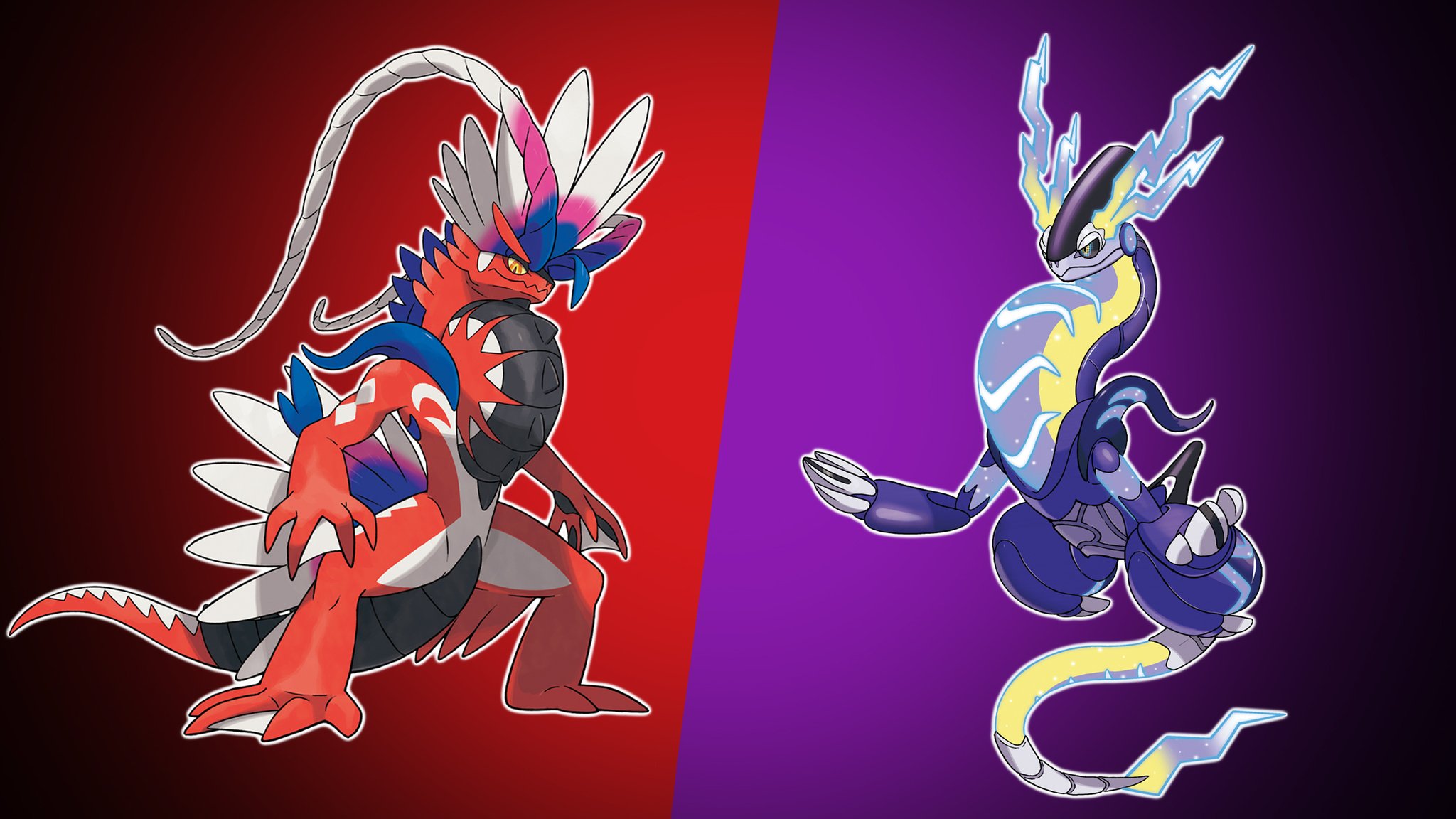

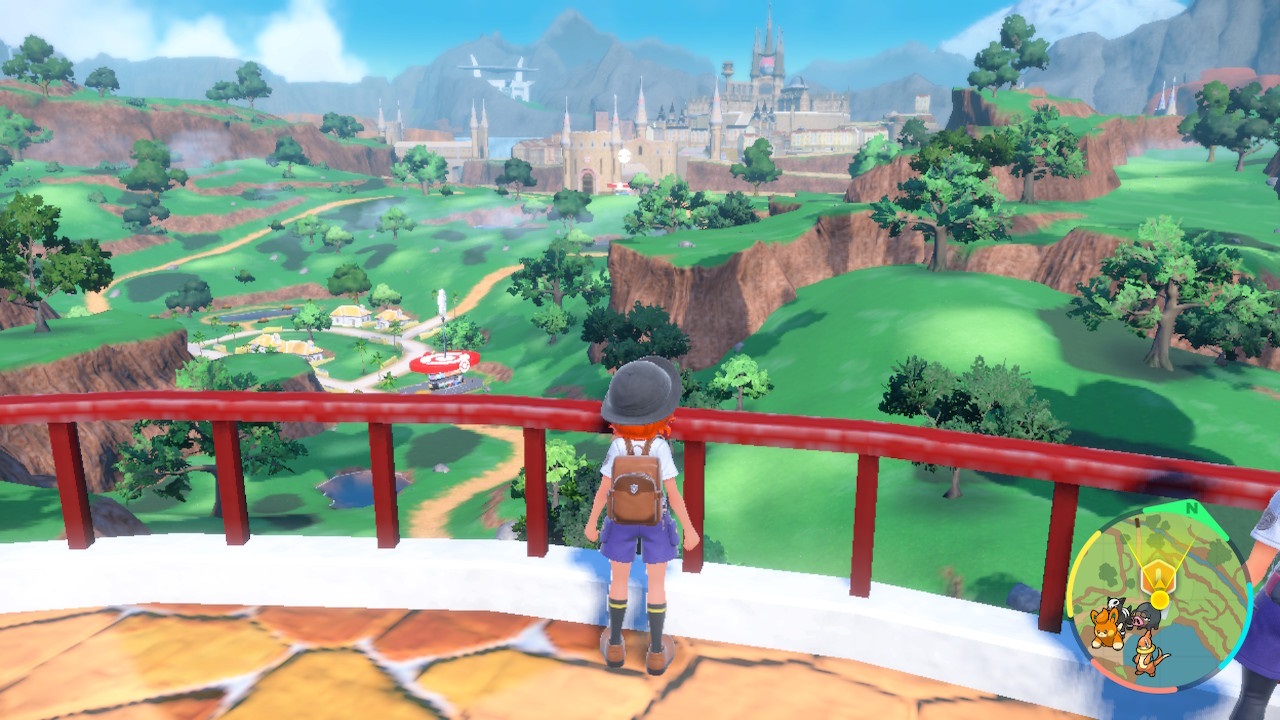
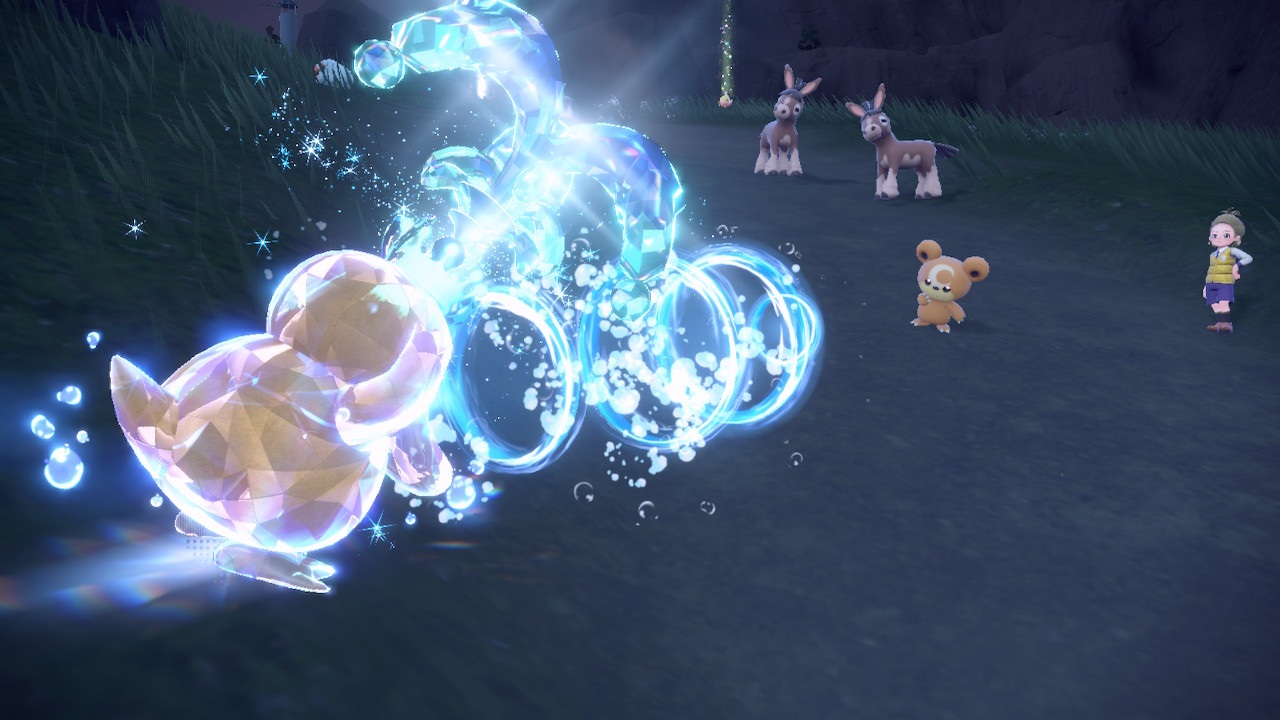
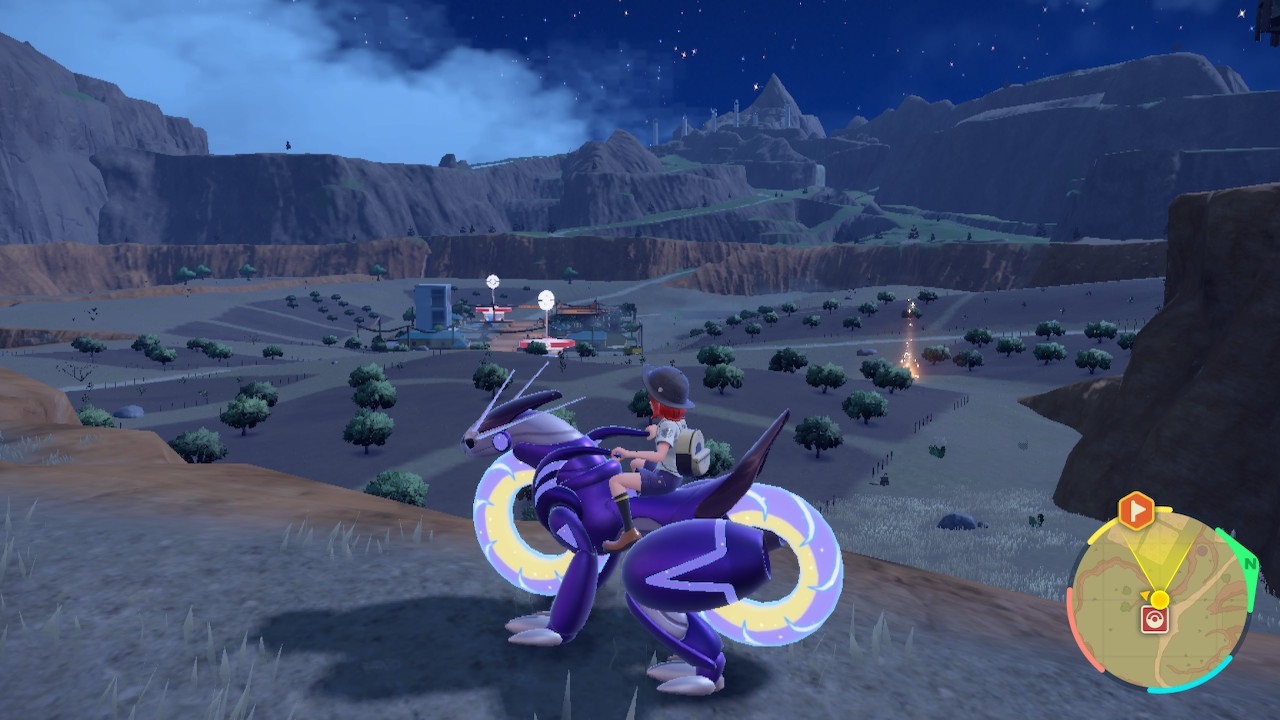
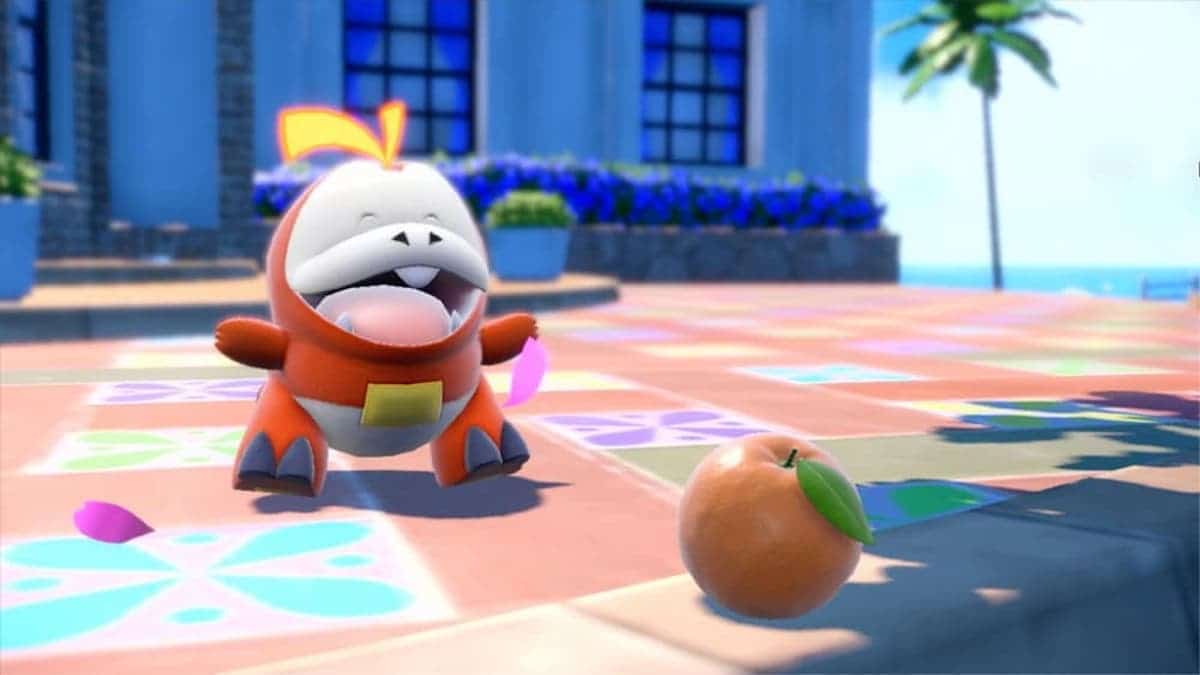
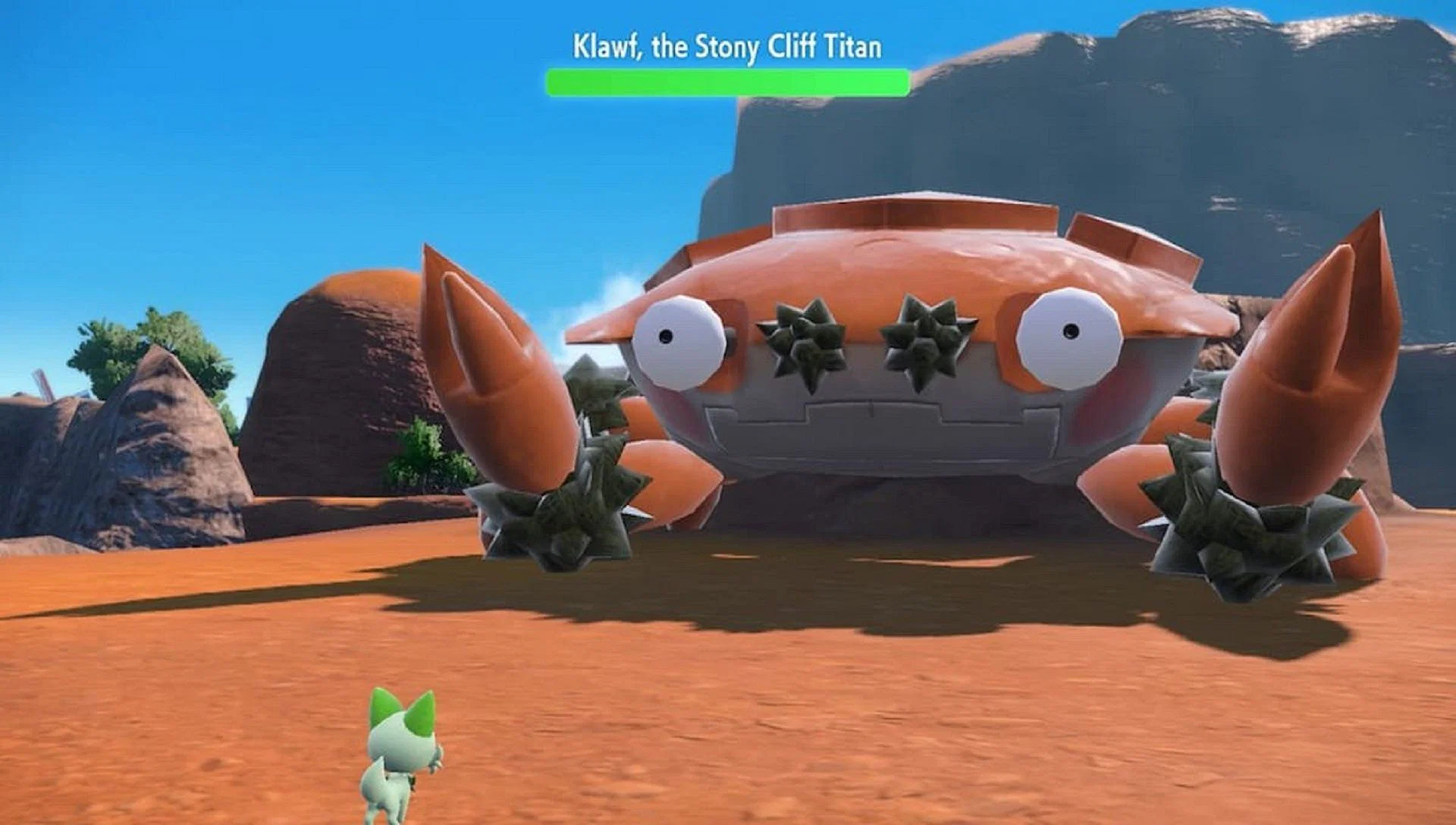

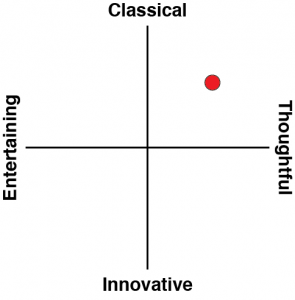
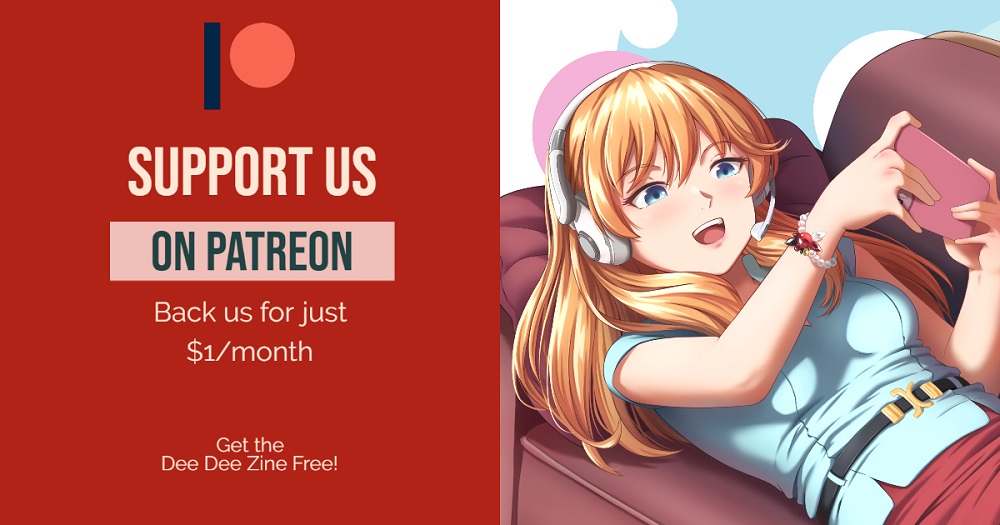


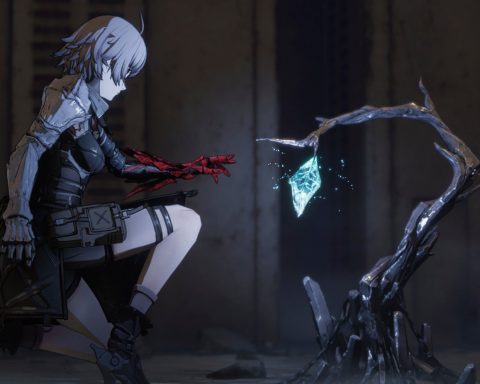
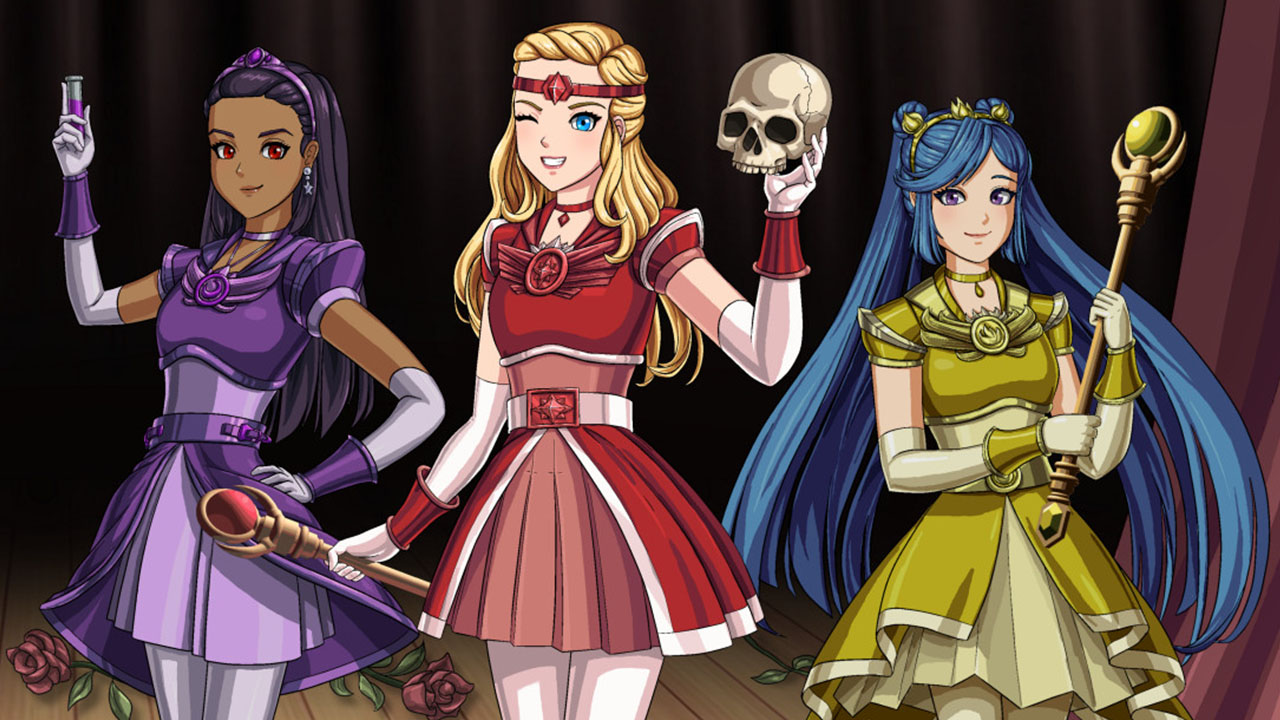
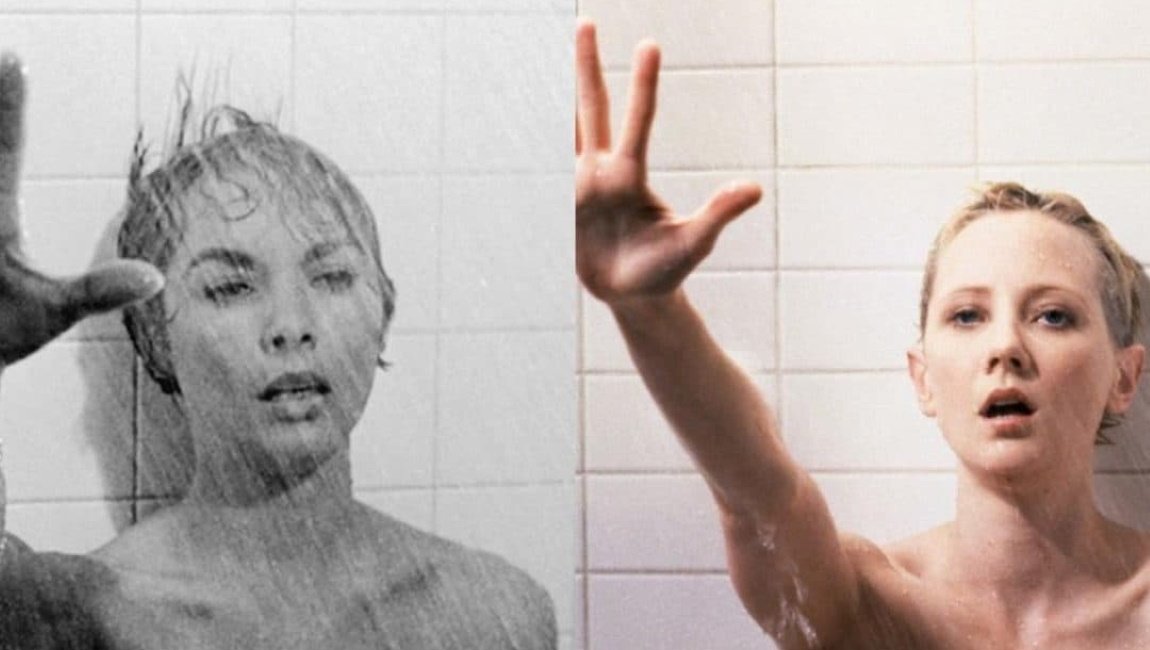


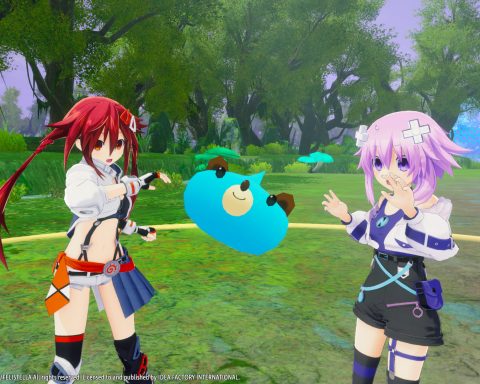
I’m amazed you liked the open world aporoach here, buddy. I think it’s what made them make every new town incredibly bland, as they couldn’t have anything consequential happen. I started with Gold and every single town there had a unique feel to it, with its own things to do and solve. Now it’s just an excuse for a Pokémon Centre to fly to. It feels like they took the open world formula, pasted it on Pokémon and removed anything that could potentially break the narrative if you did it in a different order. It makes the world feel so incredibly barebones.
I have other minor quips like not being able to search through the dex, and the loading times for the boxes making them a pain to organise, but those are less important.
I’m still enjoying the game, mind you! I love the new Pokémon designs in this game, and it’s always great to try and catch them all, but it’s clearly *despite* the changes they made, not because. For the first time since we started playing again (which was during XY), we’re going to wait and see for the next one. 🙁
I did acknowledge there were issues with the cities and lack of things outside of pokecatching/battling to do!
However, the core loop of cruising around, catching ‘mons and then finding people to hit with them brought me right back to Blue and Red – themselves barebones – and I liked that. What turned me off Pokemon a little in the middle there was they started adding way too much stuff and it removed the game from its strengths, and this one feels like a refocusing on that.
In that respect you are right, but even then I find the open world to detract from that, because it makes the progression much more awkward. Take on a challenge once and you’re overleveled forever. So even in that regard it falls a little flat in my opinion. The auto-battle system also doesn’t help much here. I battle a mon once to catch it, then there’s no real reason to fight it again.
Seeing the Pokémon walking around also becomes a double-edged sword. It’s really cool to see the little buggers walking around, crowding together or not. That’s great! But instead of walking around until you find that rare mon you’re looking for, battling whatever comes your way (and maybe finding a different one you didn’t know was there!), you can just stand somewhere and see what’s there. I much preferred the hybrid approach of Omega Ruby/Alpha Sapphire (I think?) where you could find ‘special’ (meaning they had an odd ability or move) Pokémon wandering around, and you had to sneak up on them. The others just hid in the tall grass as per usual.
And I for one loved all the extra stuff! I put so much time in the contests in Emerald, I loved that the 3DS games had a neat story to go along with them (Sword and Shield dropped the ball a little there too I’ll admit).
To go with your bildungsroman analogy, it’s as if they stuffed everything in the first chapter, and then all the other chapters are just copy/pasted with different names/types…
I can see why you’d like it if you just want to catch mons and battle folks, but I really miss the character of the world. Even in Pokémon Gold there was so much life to it, and whatever wasn’t there on the screen was made up for with imagination. This just feels so bland.
Probably the WORST actually, now that I think about it, is the art direction for the foods. Those sandwiches look like they are ripped straight out of a free unity asset pack and do not fit whatsoever with the rest of the world. And then half the time I put the top bread on my cheese slices fall through the bread 🙁
It’s such a shame, because the art direction in Arceus nailed it so danged well.
I do give you the sandwiches thing. We’ve been spoiled for food porn in JRPGs for so long now (Final Fantasy XV started that one IMO) that it’s a weirdly sour thing to see done badly in a game, for something so minor.
I feel like a perfect score is being disingenuous considering the massive room for growth they still have. If they reached even half of their potential someday this score will seem a bit silly in comparison. I’m glad you had fun but the graphics/performance issues weren’t even close to my top 10 complaints, though they were indicative of how Game Freak treated the game as a whole.
I completely agree. The title of a DDNet YouTube video said of Triangle Strategy: “We’re looking at 2022’s game of the year” — and ended up giving it fewer than 5 stars, which made sense since the review included criticisms. Tactics Ogre? Same deal. Why does this game get special treatment? I have a hard time believing DDNet is going to name Violet and Scarlet its game of the year unless it’s out of sheer mulishness.
We’ve given a lot of games five stars. Pokémon’s not getting special treatment.
For my review score to be “disingenuous” I would have to not believe it.
You don’t know me that well. I’m never disingenuous about the reviews, or scores, I publish.
I agree with Spaceboy. If you’re giving heavily sloppy games a perfect score because you personally “don’t care in the slightest”, then what does that say about the reviewing credibility of this website? A lot.
If you came to this site purely to yell at the author of this review because of the score he gave it when you’re not a regular reader, what does that say about you? A lot.
Sod off back to trawling Metacritic for reviews you disagree with; the rest of us will be actually having fun with the games we enjoy.
And you can’t have fun with a 4.5/5 reviewed game? Sorry for agreeing with something that someone else already said. (I’m not sorry.)
You’re allowed to give the game any score you like. I don’t disagree with IGN’s 6/10 review. I don’t even disagree with the people giving it 1/10 in user reviews. People are entitled to their own opinions about subjective things like art and I actually love it when a game creates discussion and debate.
However, *I* think it’s a five-star game. That’s not to say it’s perfect (our scoring policy is here: https://www.digitallydownloaded.net/scoring-and-comments-policy). It’s, simply, a game I loved *that* much. Pokemon’s up there with Atelier, Fire Emblem and Persona as my favourite JRPG series of all, and I haven’t enjoyed a Pokemon game quite as much as I have this one since the very first generation with Blue and Red.
I don’t expect people to agree with me, and I’m more than happy for you to list out the reasons you don’t, as other people in the comments have.
What I have little patience for is disrespect, and I do find that using your *very first* comment on the site to question my credibility is highly disrespectful. Keep it civil and I’ll be more than happy for you to discuss where you disagree with every one of my reviews, if that’s what you want to do.
Thank you.
Respectfully, it’s called criticism. I think you’re in the business of it?
There’s a difference between engaging critically, and simply insulting.
This happens every time I write a review that falls outside of the band of “acceptable” review scores for some mainstream game. People such as yourself, every time. These are the first comments you’ve left on this website. I’m quite certain we won’t see you here again. I know why you’re here and why you’ve left these comments, and we both know that “respectful criticism” or genuine discussion was not on your agenda.
Now, you’ve had your say. This discussion can finish now. Have a good day.
If I may continue the conversation, and please forgive my grammar as English is not my first language, as a “professional” reviewer (not bunny-eared as an insult, just being unclear what that means anymore) some might feel it’s your job to do more than rate something based purely off of your personal feelings. The balance of objective/subjective critique can obviously vary but to not hold Game Freak to ANY accountability whatsoever for the innumerable issues that have been clearly shown in abundant detail by IGN/DigitalFoundry/many others which every consumer will persistently encounter makes it seem like you’re leaning far too heavily to the subjective camp, which is fine as a blogger or a commenter or a random YouTube reviewer but if you’ve been highlighted on Metacritic then some might believe you’re closer to a professional journalist than an enthusiastic hobbyist, meaning we’re not exactly looking to you only for how you FEEL but rather an honest dissection of a product that will tell the average consumer if they should invest their time or money. A perfect score leaves no question of that, but I think any honest professional critic/journalist would quickly realize that there perhaps SHOULD be some pause for anyone besides the biggest Pokemon fans and perhaps even them. You could adore a game that’s objectively not perfect but to score it based on your subjective adoration is, respectfully, an amateur journalistic move.
All reviews are subjective, not objective, and I put around 2,000 words above my score explaining why this game meant a lot to me and is a 5-star (note: not perfect) game.
It’s fine if you don’t agree with my opinion, or score, or anything else. But my review is not more objective nor subjective than IGNs just because you agree more with theirs than mine. That, too, is a subjective view.
I hope this helps clarify things for you. I appreciate the civil feedback.